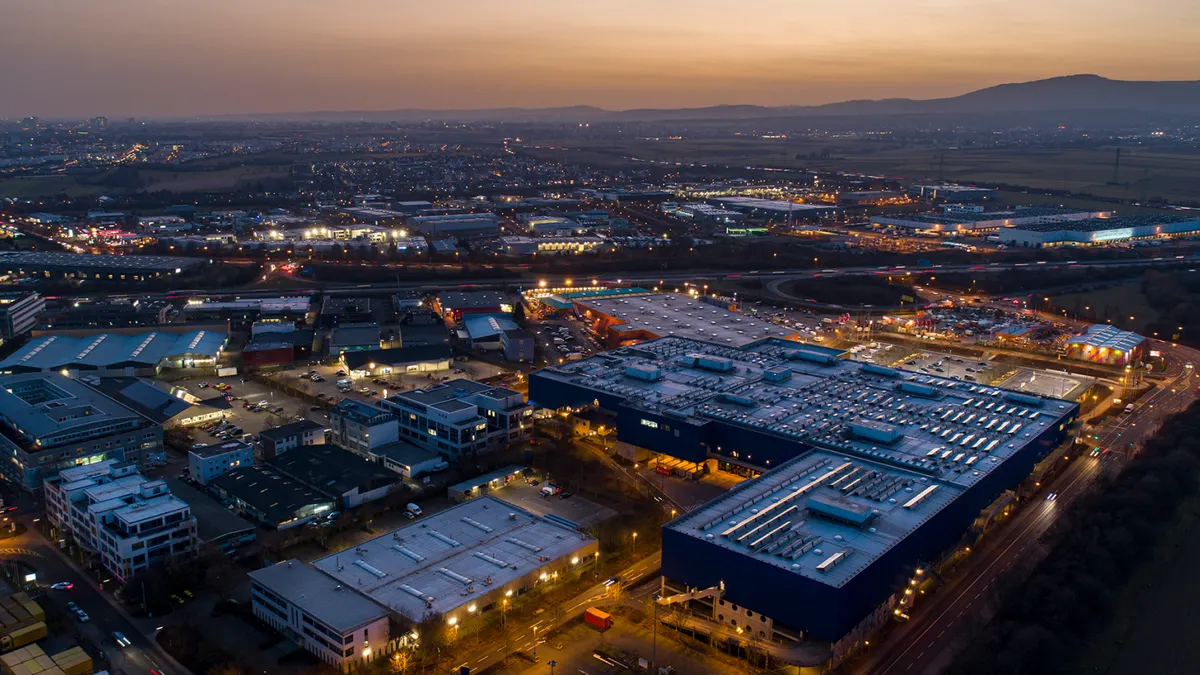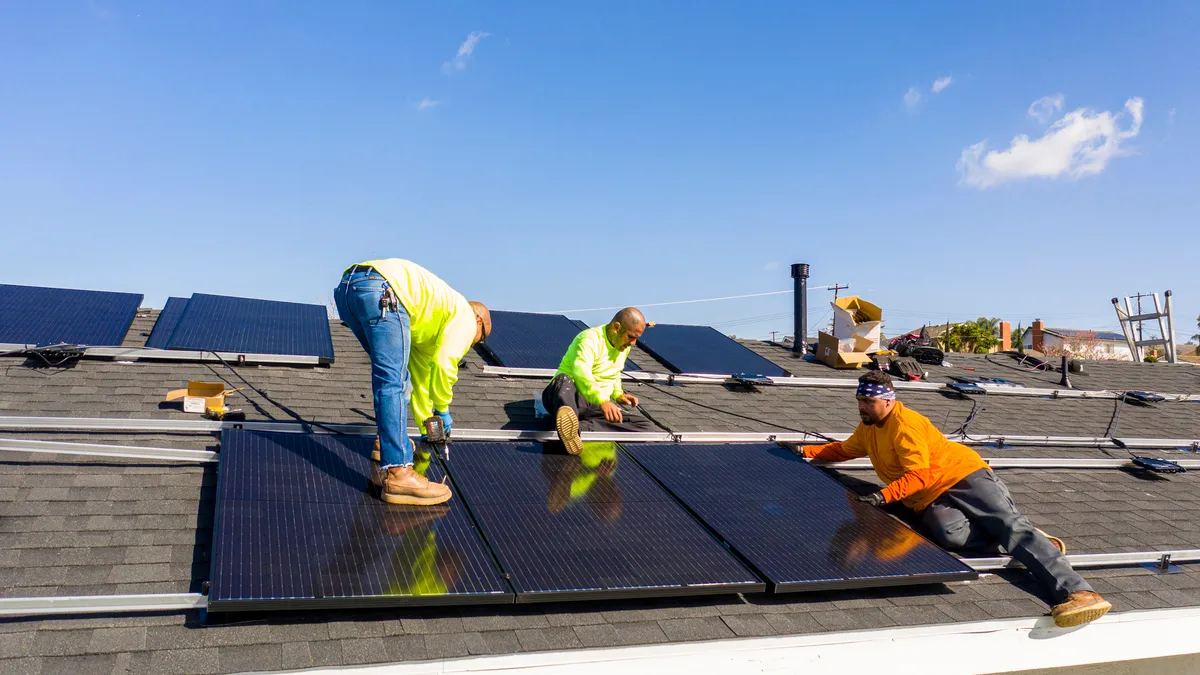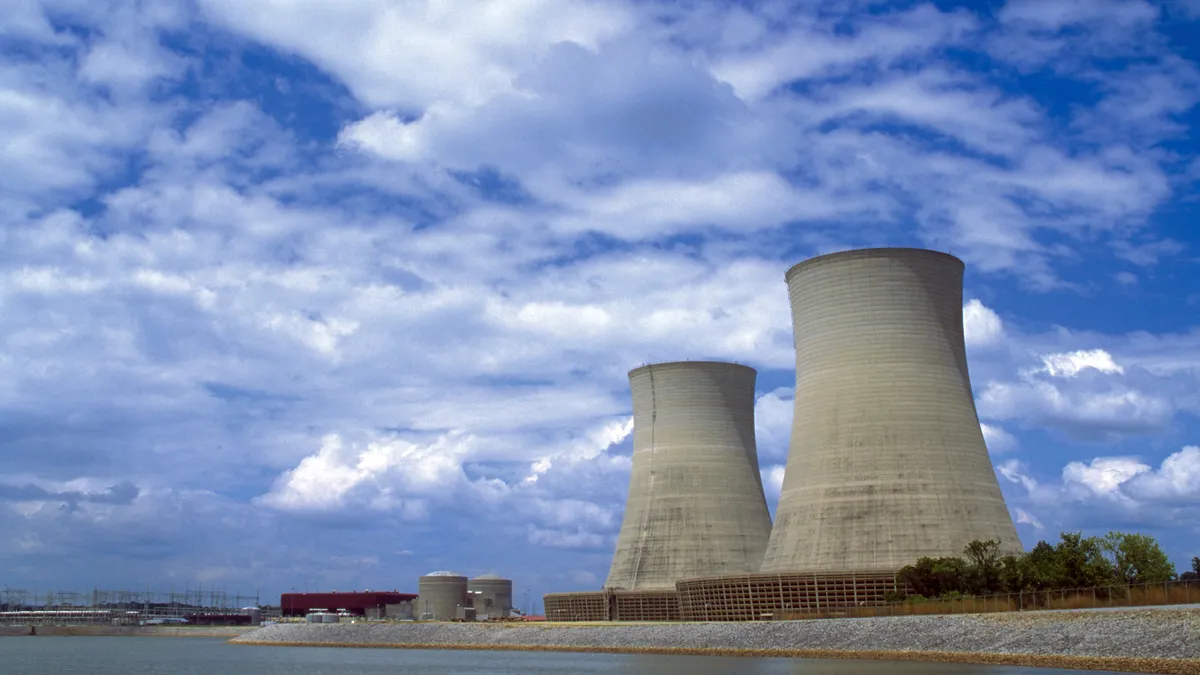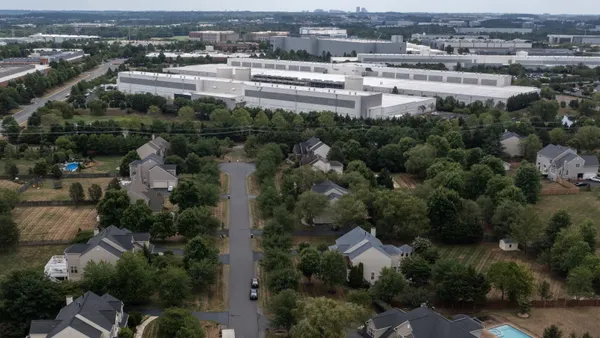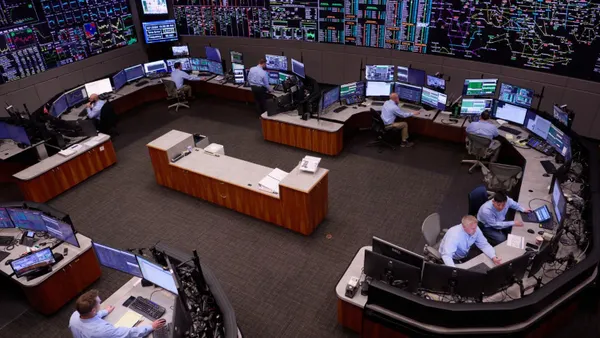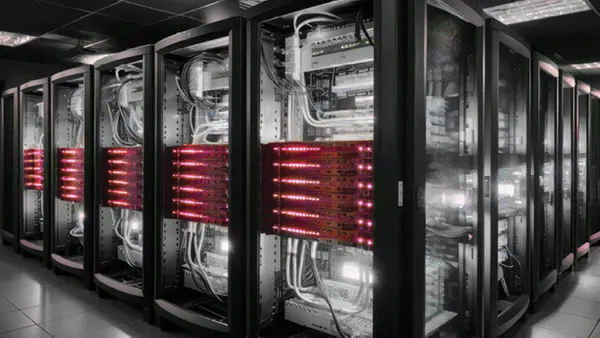For more than a century, the American electric grid has been built on a simple premise. Large power plants generate electricity and send it across long transmission lines to communities, businesses, and factories. That model worked when demand was predictable and technology changed slowly.
Today the reality is different. Data centers, AI workloads, electric vehicles, and advanced manufacturing are creating sudden spikes in demand in very specific places. At the same time, climate-driven weather events are stressing the grid and exposing weaknesses in an aging system.
Why the centralized model is straining
New high-voltage transmission lines routinely cost millions of dollars per mile. Depending on the route, terrain, and voltage, the range can run from $1–$8 million per mile or more. Even when projects are fully funded, they often take four to ten years to permit and build. That investment is necessary, but it is not fast enough to relieve the pressure utilities face today.
Across the country, utilities are being forced to tell major customers, including data centers and manufacturers, that there simply isn’t enough local capacity. Waiting a decade for new transmission is not an option in a modern economy.
A new layer for the grid
The grid needs a distributed utility layer. Just as cloud computing replaced monolithic data centers with flexible, distributed infrastructure, the power system is beginning to evolve in the same direction.
Instead of relying solely on centralized plants, distributed utility plants bring modular, localized capacity directly to the grid edge. A typical unit is smaller than 5 megawatts, meaning utilities can add capacity where it’s needed, when it’s needed, rather than waiting years for large projects to clear regulatory and financial hurdles.
In markets with clear tariffs and standardized interconnection rules, distributed projects have been approved and deployed in less than a year. In other regions, projects get stuck in long interconnection queues. That’s why smaller, distributed systems are essential to accelerate this transition.
The economics of resilience
The cost of grid failures is staggering. EPRI estimates that outages and power-quality disturbances cost U.S. businesses hundreds of billions of dollars each year. Even short interruptions can ripple into millions of dollars in losses for manufacturers and data centers.
Distributed plants can change that equation. They deliver real-time stabilization, reduce peak demand, and improve power quality. For industrial customers, that translates into measurable energy savings and fewer production disruptions. For utilities, distributed plants can provide reliability services at a fraction of the cost of new peaker plants or long-haul transmission.
Cybersecurity at the edge
As more capacity is built closer to load, cybersecurity becomes just as critical as performance. Utilities and regulators are making cyber-secure-by-design architectures a requirement for distributed resources. That means layered defenses, intrusion detection, and continuous monitoring must be built into every system from the start. The resilience of tomorrow’s grid will depend as much on digital security as it does on physical capacity.
A competitive space
Distributed utility is an active and growing field. There are many approaches on the table — containerized lithium-ion systems, flow batteries, mechanical storage, and more. What matters most is the ability to combine stability, modularity, and reliability. The solutions that can deliver inertia in milliseconds, integrate with existing utility programs, and scale as demand grows will define this next chapter.
Looking forward
The Department of Energy has set ambitious goals for clean energy and long-duration storage. Achieving them will require more than new transmission and generation. It will require smarter distribution and stabilization and building resilience where it’s needed most.
This is an inflection point. The centralized grid alone cannot keep up with the speed of demand growth. A distributed utility layer at the edge is the path forward if we want reliable, affordable, and secure power for the industries that are shaping America’s future.
At Torus, we see this shift happening every day. The grid can’t wait a decade for new wires. Building resilience at the edge is how we keep power flowing for the businesses and communities that depend on it.

